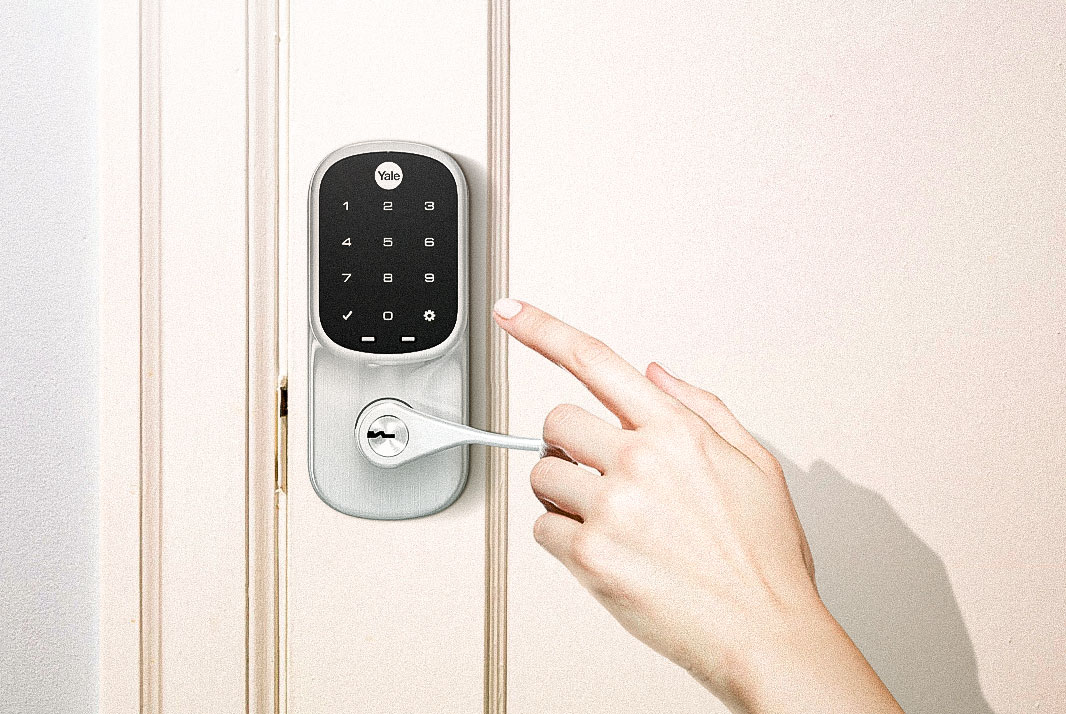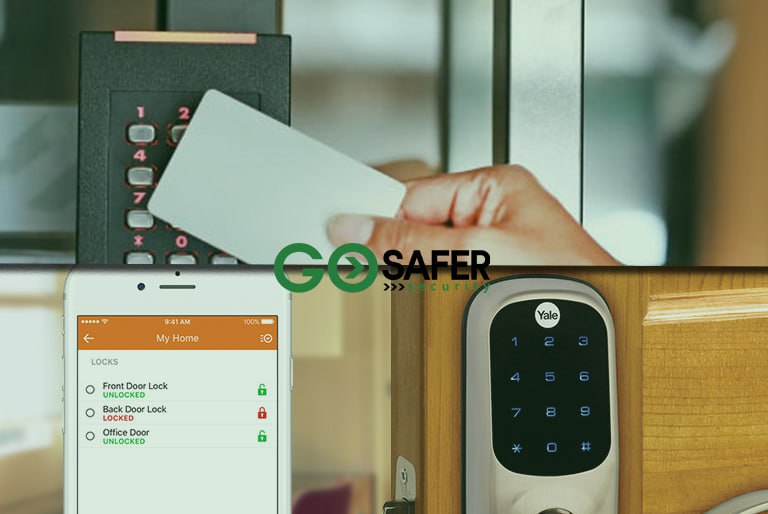Smart locks and entry systems are changing the way we secure our homes. With the convenience of keyless entry and the ability to control access remotely, these devices offer a modern solution to traditional security challenges. However, ensuring the security of these advanced systems is crucial. Let’s dive into the key security considerations you should keep in mind when using smart locks and entry systems.
Table of Contents
ToggleUnderstanding Smart Locks and Entry Systems
Types of Smart Locks
Smart locks come in various types, including:
- Bluetooth Smart Locks: Connect to your phone via Bluetooth for close-range access.
- Wi-Fi Smart Locks: Allow remote access and control from anywhere with an internet connection.
- Z-Wave and Zigbee Smart Locks: Integrate with home automation systems for seamless communication with other smart devices.
How Smart Entry Systems Work
Smart entry systems use electronic mechanisms to lock and unlock doors. They can be controlled through smartphone apps, voice commands, or automated schedules. These systems often include features like remote access, real-time alerts, and integration with other smart home devices.
Common Security Concerns
Potential for Hacking
One of the primary concerns with smart locks is the potential for hacking. If not properly secured, these devices can be vulnerable to cyberattacks, allowing unauthorized access to your home.
Physical Vulnerabilities
Smart locks are also subject to physical vulnerabilities. For example, a poorly installed smart lock can be more easily tampered with than a traditional lock.
Privacy Issues
Storing data on access times and users can raise privacy concerns. Ensuring that your smart lock provider uses strong encryption and has a clear privacy policy is essential.
Best Practices for Secure Smart Lock Installation
Choosing the Right Smart Lock
Not all smart locks are created equal. Look for models that offer robust security features, such as advanced encryption, tamper alerts, and strong authentication methods.
Professional vs. DIY Installation
While many smart locks are designed for easy DIY installation, professional installation can ensure the lock is properly fitted and aligned, reducing physical vulnerabilities.
Ensuring Proper Fit and Alignment
A secure installation requires the lock to be properly aligned with the door frame. Misalignment can compromise the lock’s security and functionality.
Securing Your Wi-Fi Network
Importance of a Secure Network
Your smart lock relies on your home Wi-Fi network, so securing this network is crucial. An unsecured network can be an easy target for hackers.
Tips for Strengthening Wi-Fi Security
- Use a strong, unique password for your Wi-Fi network.
- Enable WPA3 encryption if supported by your router.
- Regularly update your router’s firmware to protect against vulnerabilities.
- Consider setting up a guest network for visitors to reduce the risk of sharing your main network credentials.
Regular Updates and Firmware Management
Keeping Software Up-to-Date
Regular updates are essential for maintaining the security of your smart lock. These updates often include patches for security vulnerabilities and new features.
Benefits of Firmware Updates
Firmware updates can improve the functionality and security of your smart lock. Enable automatic updates if available, or check regularly for new firmware releases.
Using Strong Authentication Methods
Two-Factor Authentication (2FA)
Two-factor authentication adds an extra layer of security by requiring a second form of verification, such as a code sent to your phone, in addition to your password.
Biometric Authentication
Many smart locks support biometric authentication, such as fingerprint or facial recognition, which offers a high level of security and convenience.
Monitoring and Alerts
Setting Up Real-Time Alerts
Configure your smart lock system to send real-time alerts to your phone when someone locks or unlocks the door. This allows you to monitor activity and respond quickly to any suspicious behavior.
Monitoring Access Logs
Access logs provide a record of who entered and exited your home and at what times. Regularly review these logs to detect any unauthorized access attempts.
Integrating with Other Security Systems
Combining Smart Locks with Security Cameras
Integrating your smart locks with security cameras can enhance your overall security. For example, you can set up your cameras to start recording when the door is unlocked.
Benefits of a Comprehensive Security System
A comprehensive security system that includes smart locks, cameras, motion sensors, and alarms provides multiple layers of protection, making it more difficult for intruders to compromise your home’s security.
Data Encryption and Privacy Protection
Importance of Data Encryption
Ensure that your smart lock uses strong encryption to protect data transmitted over your network. This helps prevent hackers from intercepting sensitive information.
Choosing Systems with Strong Privacy Policies
Select smart lock systems from providers that have clear and robust privacy policies. Make sure they do not share your data with third parties without your consent.
User Management and Access Control
Managing Multiple Users
Most smart lock systems allow you to set up multiple user profiles. Ensure each user has the appropriate access level and update permissions as needed.
Setting Access Levels
Set different access levels for different users. For example, you might grant family members full access while providing temporary or limited access to guests or service providers.
Emergency Access Solutions
Backup Access Methods
Plan for emergencies by setting up backup access methods. Many smart locks offer physical keys, PIN codes, or external battery packs as backup options.
Handling Power Outages
Ensure your smart lock has a contingency plan for power outages. Some models include battery backups or mechanical key overrides to ensure continued access.
Evaluating Smart Lock Brands
Popular and Reliable Brands
Research and choose smart lock brands known for their reliability and security features. Popular brands often provide better customer support and regular updates.
Reading Reviews and User Feedback
Read reviews and user feedback to gauge the real-world performance and reliability of different smart lock models. Our smart lock reviews section provides detailed insights from other users.
Future Trends in Smart Lock Security
Advances in Smart Lock Technology
Stay informed about the latest advances in smart lock technology. Innovations like AI-powered security features and improved biometric authentication are on the horizon.
Emerging Security Features
Look out for emerging security features such as advanced encryption methods, blockchain technology for secure data storage, and integration with wider smart home ecosystems.
Conclusion
Smart locks and entry systems offer unparalleled convenience and security for modern homes. By understanding and addressing the key security considerations, you can ensure that your smart lock system remains robust and reliable. Prioritize regular updates, secure installation, and comprehensive user management to keep your home safe. For more tips on enhancing your home security, visit our home security systems integration guide.







